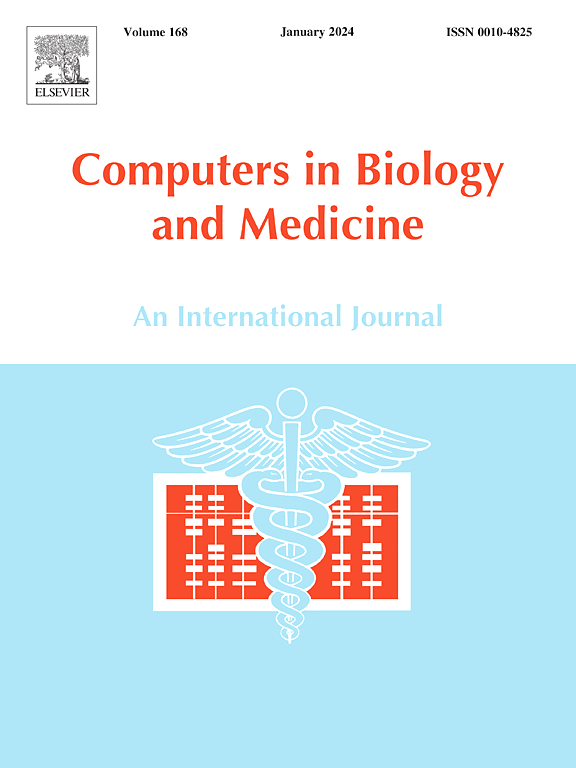An LBM-FEM robust and efficient fluid–structure coupling scheme for partitioned numerical simulation of blood flow-aortic valve interaction
IF 6.3
2区 医学
Q1 BIOLOGY
引用次数: 0
Abstract
This paper presents a novel partitioned coupling scheme for the numerical simulation of Fluid-Structure Interaction (FSI) problems. The proposed method couples the lattice Boltzmann method for fluid dynamics with the finite element method for solid mechanics using the immersed boundary method. The partitioned framework enables separate time integration of the fluid and solid sub-domains, offering significant flexibility in the coupling process. Numerical stability is enhanced through an interface force prediction technique inspired by the strong coupling scheme of Li et al. (2022) , ensuring both robustness and computational efficiency. This approach effectively handles complex FSI problems, particularly in biomechanics. The scheme has been validated through the three-dimensional flapping flag benchmark test, demonstrating excellent agreement with reference results. Additionally, it has been successfully applied to simulate the interaction between pulsatile blood flows and the deformable leaflets of an artificial aortic valve. Compared with existing numerical and experimental studies, the proposed scheme delivers comparable accuracy while achieving nearly fourfold efficiency improvements over the previous strong coupling method.
血流-主动脉瓣相互作用分区数值模拟的LBM-FEM鲁棒高效流固耦合方案
本文提出了一种新的流固耦合数值模拟方法。该方法采用浸入边界法将流体力学的晶格玻尔兹曼方法与固体力学的有限元方法结合起来。分割的框架使流体和固体子域能够独立的时间积分,在耦合过程中提供了显著的灵活性。通过Li等人(2022)的强耦合方案启发的界面力预测技术增强了数值稳定性,确保了鲁棒性和计算效率。这种方法可以有效地处理复杂的FSI问题,特别是在生物力学方面。该方案已通过三维扑旗基准试验进行验证,与参考结果吻合良好。此外,它已成功地应用于模拟搏动血流与人工主动脉瓣的可变形小叶之间的相互作用。与现有的数值和实验研究相比,该方案在提供相当精度的同时,效率比先前的强耦合方法提高了近四倍。
本文章由计算机程序翻译,如有差异,请以英文原文为准。
求助全文
约1分钟内获得全文
求助全文
来源期刊

Computers in biology and medicine
工程技术-工程:生物医学
CiteScore
11.70
自引率
10.40%
发文量
1086
审稿时长
74 days
期刊介绍:
Computers in Biology and Medicine is an international forum for sharing groundbreaking advancements in the use of computers in bioscience and medicine. This journal serves as a medium for communicating essential research, instruction, ideas, and information regarding the rapidly evolving field of computer applications in these domains. By encouraging the exchange of knowledge, we aim to facilitate progress and innovation in the utilization of computers in biology and medicine.
 求助内容:
求助内容: 应助结果提醒方式:
应助结果提醒方式:


